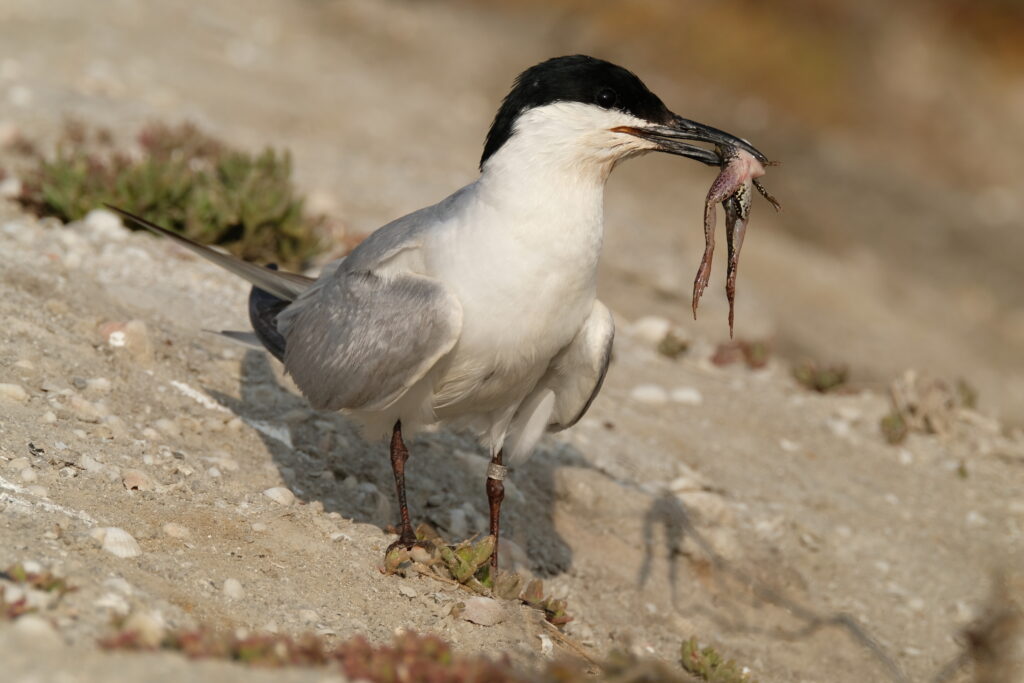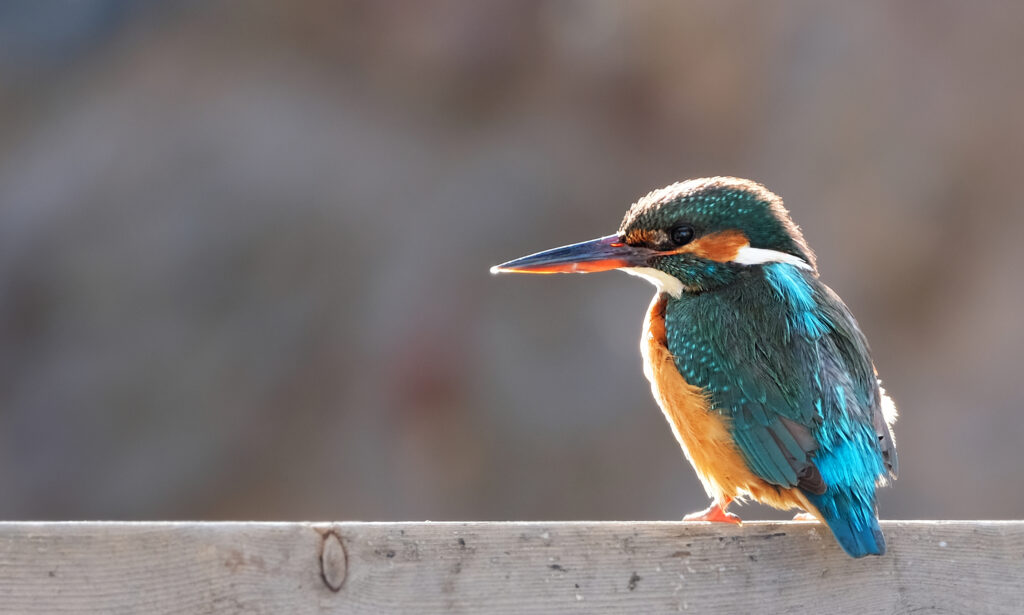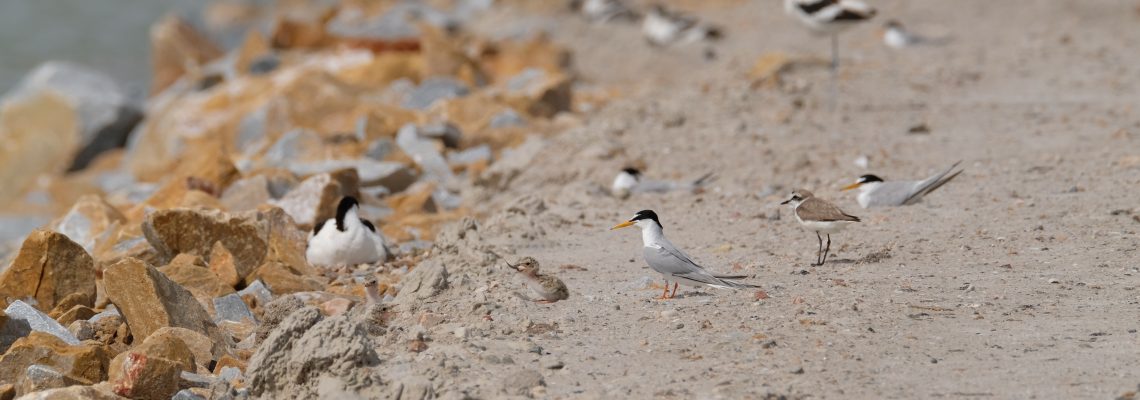There are many species of fauna that live in the saltworks of San Pedro del Pinatar, or that visit this area at least during some season of the year to spend the winter, breed or rest during their migratory journeys. Although it is true that the diversity of waterbirds stands out among the biological component, this wetland is home to other lesser known species, but no less important, and some of them are even endangered worldwide.
Two species that are key to the development of the fauna in these salt marshes are the crustacean Artemia salina and the Spanish toothcarp (Aphanius iberus), the latter an endemic fish from the south and east of the Iberian Peninsula. Both species are considered key in the saltworks, as their initial position in the food chain makes them the star food for a large part of the fauna that depends on the aquatic environment.
As for water birds, the group of vertebrates with the greatest number of representatives in the salt flats of San Pedro del Pinatar, we can observe a continuous variation in the composition of their community. During the winter months, the salt flats are dominated by waders from central and northern Europe, the most abundant of which are the black Sanderling (Calidris alba), Dunlin (Calidris alpina) and Little Stint (Calidris minuta), as well as other slightly larger waders, such as the Ruff (Calidris pugnax), shank (Tringa sp.) and godwit (Limosa sp.). Other species, despite being residents or occasional breeders, can see their populations reinforced in winter with wintering individuals, as is the case of the Slender-billed Gull (Chroicocephalus genei) and the Black-headed Gull (Chroicocephalus ridibundus). In addition, it is common to observe high concentrations of black-necked grebes (Podiceps nigricollis) in saline ponds with lower salinity, which seek a quiet place with abundant food where they can spend the winter while moulting, forming groups of up to 500 individuals.
With the arrival of spring, the wintering birds give way to the summer species that come to the saltworks to breed, as well as others that stop over at the saltworks for a few days to continue their migration to their breeding grounds further north, such as the Eurasian oystercatcher (Haematopus ostralegus) or the Curlew sandpiper (Calidris ferruginea). Among the summer birds, the Little Tern (Sternula albifrons) and the Common Tern (Sterna hirundo), two of the most abundant species at this time of year and emblematic of the San Pedro del Pinatar saltworks, stand out. Another sternid that arrives from Africa to breed, although in this case with more terrestrial habits, is the Common Gull-billed Tern (Gelochelidon nilotica), which frequents crop fields and irrigation ponds in search of invertebrates, frogs and even small rodents to feed on. These species establish colonies that often exceed a hundred pairs, making a niche for themselves among the resident black-winged stilts (Himantopus himantopus), Pied avocets (Recurvirostra avosetta) and Audouin’s gulls (Larus audouinii). Some of the last tenants of these saltworks, Cattle egrets (Bubulcus ibis), Glossy Ibis (Plegadis falcinellus), Little egrets (Egretta garzetta) and Black-crowned Night-heron (Nycticorax nycticorax), which have been breeding in a dense reed bed located in one of the saltponds since 2020, also breed on a colonial basis, although in this case together. Finally, the smallest wader in these saltworks, the Kentish Plover (Charadrius alexandrinus), breeds in a more isolated and dispersed manner, usually laying its eggs in the shade of small bushes or stones, thus avoiding the high temperatures reached at certain times of the day.

Once the breeding event is over, and coinciding with the resting stops of the first Black terns (Chlidonias niger) that have reproduced in more northerly regions, the postnuptial migration begins. The terns return to Africa, leaving the ponds available for the sporadic visit of the occasional absent-minded phalarope (Phalaropus sp.) and flocks of pied avocets and flamingos (Phoenicopterus roseus) that begin to move after breeding in other wetlands on the Iberian Peninsula. The bluish trail and unmistakable call of the kingfisher (Alcedo atthis) as it crosses the ponds puts an end to the annual cycle, with the coldest months of the year arriving once again, and thus beginning an endless series of comings and goings that form part of the routine of the waterbirds community in the San Pedro del Pinatar saltworks.







